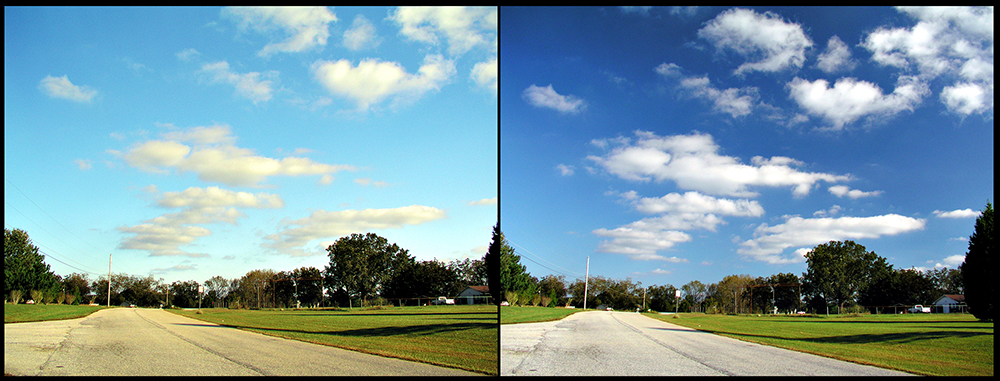Hello friends in this post, I will write about the main filters that are used in cinematography, their formats and models, and always remembering that in the eMania blog you will always find a vast content of information related to the photography, cinema segments. and video. Filters 4 – 4 (square) and 4 – 6 (rectangular)
Lens filters are very important accessories for digital cameras, ranging from lens protection to corrections and image effects. Filters are transparent or translucent optical elements that alter the properties of the light entering the camera lens to enhance the photographed or recorded image. Filters can affect contrast, sharpness, color, and light intensity, individually or in multiple combinations. They can also create a variety of special effects. It is important to recognize that although there are many variants and applications, filters behave reasonably predictably when their properties are understood. The properties are similar to filter light in photography, cinema and video. Let’s look at the basic categories of filters:
UV /SKY filter
Polarizing filters or CLP filters remove reflections from the surface, while accentuating the blue hue. The polarizing filter removes polarized light, eliminating reflections from non-metallic surfaces, such as glass and plastics. The polarizing filter is also used in sunlight, to highlight colors (mainly blue) and contrasts. There are three models of polarizing filters: the rotating filter that is composed of the filter itself and a rotating ring to adjust the polarization, squares and rectangles that require a support (matte-box) that also allows the filter to rotate in front of the lens to achieve the polarization of the light, it must now be taken into account that when using a polarizing filter , the 1-and-a-half diaphragm must be opened to two points to compensate for the loss of light. To make the blue sky more saturated in this case, the photographer or filmmaker must always place the sun on his back to make the most of the effect.
Neutral Density Filters (ND-? Neutral density?), Reduce the intensity of light in the image, acting only on brightness, without changing color, have the function of reducing the intensity of the light that reaches the camera sensor, without altering the properties of the chromatic balance They are in several degrees, agreed as follows:
ND 0. 1? 1/3 stop
ND 0. 2? 2/3 stop
ND 0. 3? 1 stop
ND 0. 4? 1 1/3 stop
ND 0. 5? 1 2/3 stop
ND 0. 6? 2 stops
ND 0. 7? 2 1/3 stop
ND 0. 8? Stop 2 2/3
ND 0. 9? 3 stops
ND 1. 0? 3 1/3 stop
ND 1. 1? 3 2/3 stop
ND 1. 2? 4 Stop
Contrast filters are those that change the specific contrasts of an image, working with high or low intensity, standardizing or accentuating the contrast throughout the image. Filters in this category are:
ULTRA/LOW CONTRAST/SOFT CONTRAST
The main function of conversion filters is to convert a certain color temperature from a given light source under the appropriate conditions required by photography, film, or video.
Compensation filters have the function of compensating in a way but requires a certain color difference, giving a more refined adjustment of the color balance.
Balance filters have the function of altering images by subtly yellow (hot) or bluer (cold) images.
Effect filters produce results that aim to improve an appearance, create an atmosphere, soften focus, and many other types of effects. Because these filters do not necessarily have a correction function, these filters do not always require exposure compensation. The most common are:
Fog
PRO-MIST
BLACK PROMIST
SOFT / FX
You’ll find graduated filters in the category of patch filters and effect filters. These are filters consisting of one half that has a correction or effect function and the other transparent (neutral) half.
These are the main filters used in cinematography, there are many other filter models that as I write the articles, I will describe in more detail these filters presented and other filters that have been left out, another very important thing that I must clarify for Se It deals with the filter formats used in the cinema. Many people know the circular shape of filters, but in cinematography, in addition to circular filters, the most widely used formats are square and rectangular. Below are the specified filter sizes:
The biggest and best manufacturers are
Tiffen
-SCHNEIDER
Leeward
-PANAVISION
-ARRI
Hug for everyone!
Bibliographical research
Filmtography paper? Prof. Filipe Salles (Mnmocine)

